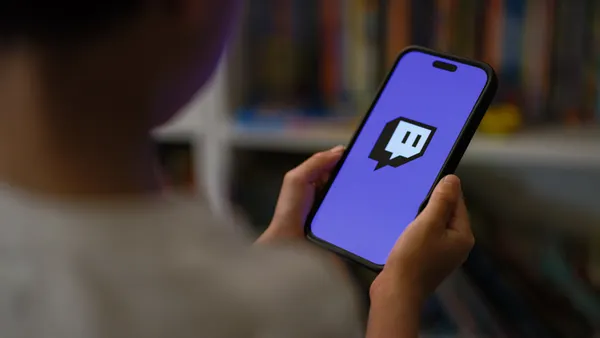Dive Brief:
- Three-quarters of companies report being exposed to brand safety issues in the past year, with 10% citing "regular exposure," according to a press release by artificial intelligence company GumGum and Custom, Digiday's creative content agency. At the same time, 70% said they take brand safety seriously, yet just 26% have taken some kind of action and 15% haven't adjusted their strategy at all.
- Among those who had experienced a brand safety issue, 47% experienced social media blowback and 25% said they'd received negative press as a result, though only 13% lost revenue from it. Nearly half of brands and agencies, 44%, said they struggle with brand-unsafe imagery, and 32% said the issues stem from videos.
- LinkedIn was rated the most brand-safe platform, and Facebook was rated least safe, per the study. YouTube was ranked a little safer than publisher sites, even though it's been linked to several high-profile brand safety breaches in the past year.
Dive Insight:
Most publishers believe direct relationships are the best way to ensure a brand's ads are placed in the right environments, the GumGum-Custom research found. Site blacklisting, ads.txt and keyword detection are other ways publishers are trying to ensure brand safety. "With brand safety now reaching epidemic levels, we need a comprehensive understanding of how these issues occur in the first place and impact the brand ecosystem," GumGum president and COO Phil Schraeder said in the press release.
Marketers are well aware of the problems brand safety poses in ad placement and brand reputation, but they also know digital is a key place to be to get in front of a large group of consumers. Despite concerns, digital marketing spend is expected to take over offline for the first time in 2018, according to an analysis by the Winterberry Group. To ensure brand safety, some marketers are shifting to strategies that incorporate more transparent content, including user-generated content, influencers and earned media, as well as working exclusively with premium publishers.
Google is attempting to put marketers' minds at ease with new vetting requirements for its YouTube Partner Program channels so that brands can continue to reach the video platform's billions of worldwide users. Channels now must have at least 1,000 subscribers, 4,000 hours of watch time and 10,000 total views to be eligible for ads. Channels will be manually reviewed by humans to prevent any risks of automated placements, and only verified videos that meet the new requirements can run ads.
Facebook's ranking as the most unsafe social media platform in the GumGum study isn't wildly surprising. After playing a major role in the spread of "fake news" over the past year or more, the platform's reputation for brand safety has been marred. Earlier this week, Facebook announced that part of its News Feed overhaul would involve prioritizing content from news sites that its community of users directly rates as trustworthy, relevant and informative in a move to shift consumers' and publishers' perception of the platform.












